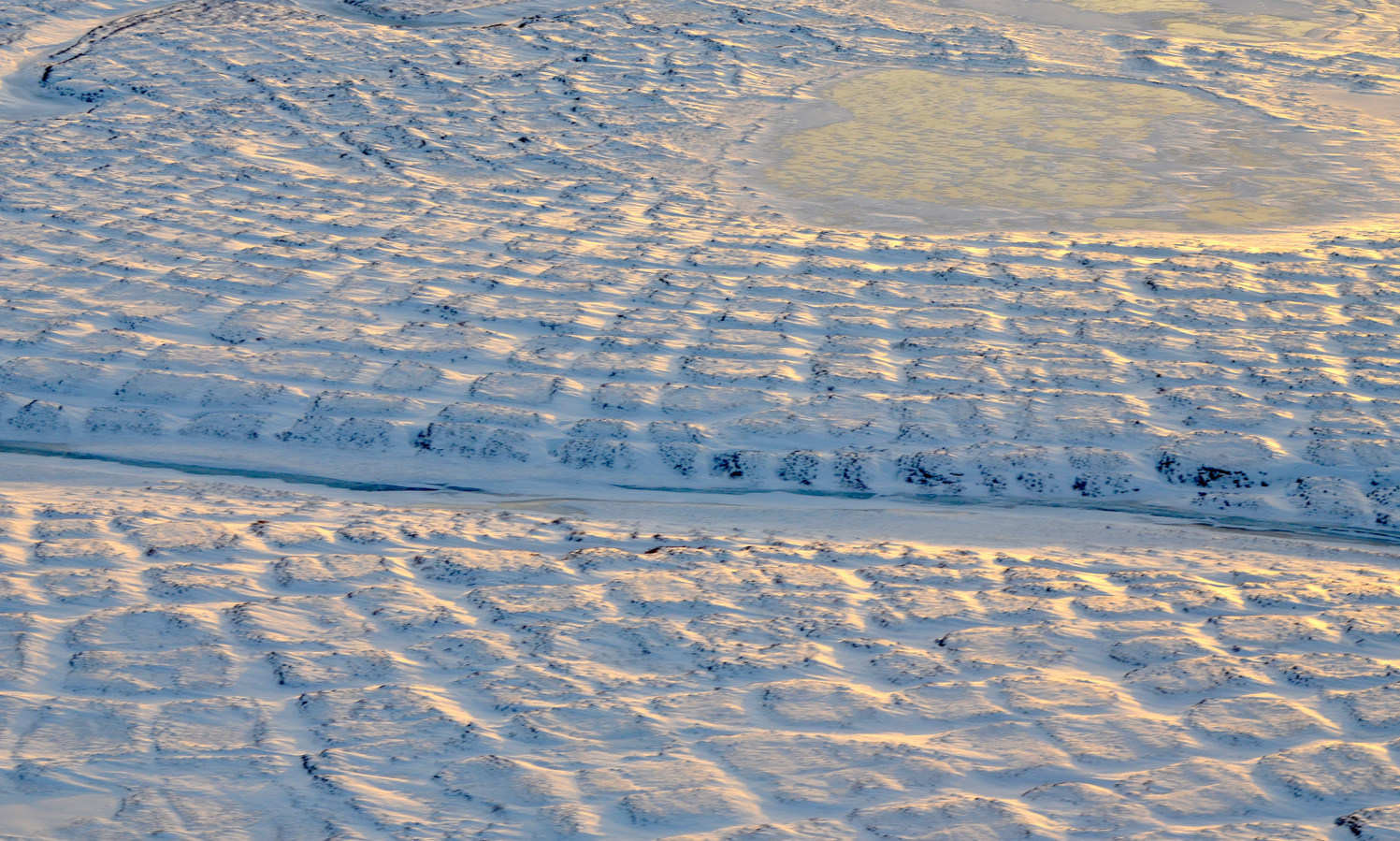
Arctic permafrost to thaw and release carbon this century
A study led by NASA scientist Nicholas Parazoo has revealed that permafrost in the highest northern latitudes of the Arctic will start to thaw within the next few decades, transitioning into a permanent source of carbon. A transformation of this magnitude was not expected to occur during this century, or even the next.
According to the research, the peak transition in the northern Arctic will take place in 40 to 60 years. By the year 2300, carbon emissions from this region will amount to ten times the global man made emissions of 2016.
Permafrost is a layer of soil that has been frozen for many years underneath topsoil. It contains leaves and other organic material that will decompose as the frost begins to thaw, releasing carbon into the atmosphere in the form of methane and carbon dioxide emissions.
Even though permafrost is already thawing in warmer Arctic areas to the south, scientists do not expect this region to become a carbon source until the late 2100s.
“Permafrost in southern Alaska and southern Siberia is already thawing, so it’s obviously more vulnerable,” said Parazoo. “Some of the very cold, stable permafrost in the highest latitudes in Alaska and Siberia appeared to be sheltered from extreme climate change, and we didn’t expect much impact over the next couple hundred years.”
The researchers used data on soil temperatures in Alaska and Siberia with a numerical model that calculates carbon emissions as the climate changes. They divided the Arctic into two equal areas, including the colder northern region and the warmer southern region.
The model simulation demonstrated that permafrost in the northern region lost about five times more carbon per century compared to that of the south. This is largely due to the fact that there is more permafrost in the northern region.
The scientists also found that plant growth will increase much faster in the southern part of the Arctic, and these plants will remove enough carbon to maintain a balance until around the end of the 22nd century.
—
By Chrissy Sexton, Earth.com Staff Writer
Credit: NASA/JPL-Caltech/Charles Miller













